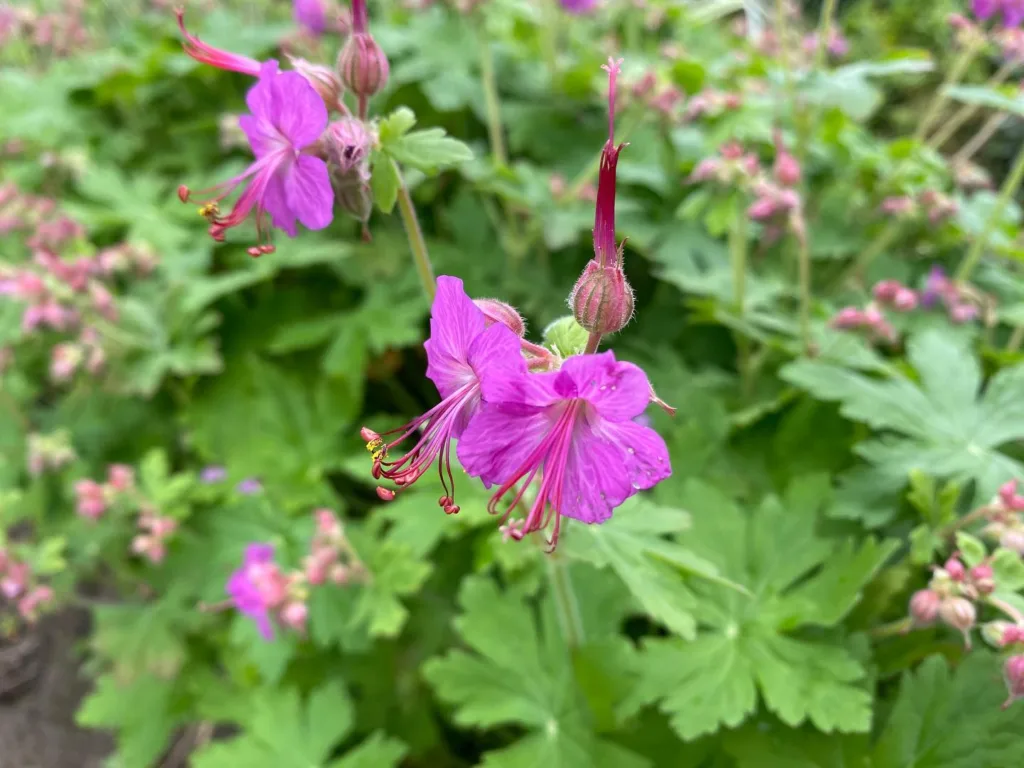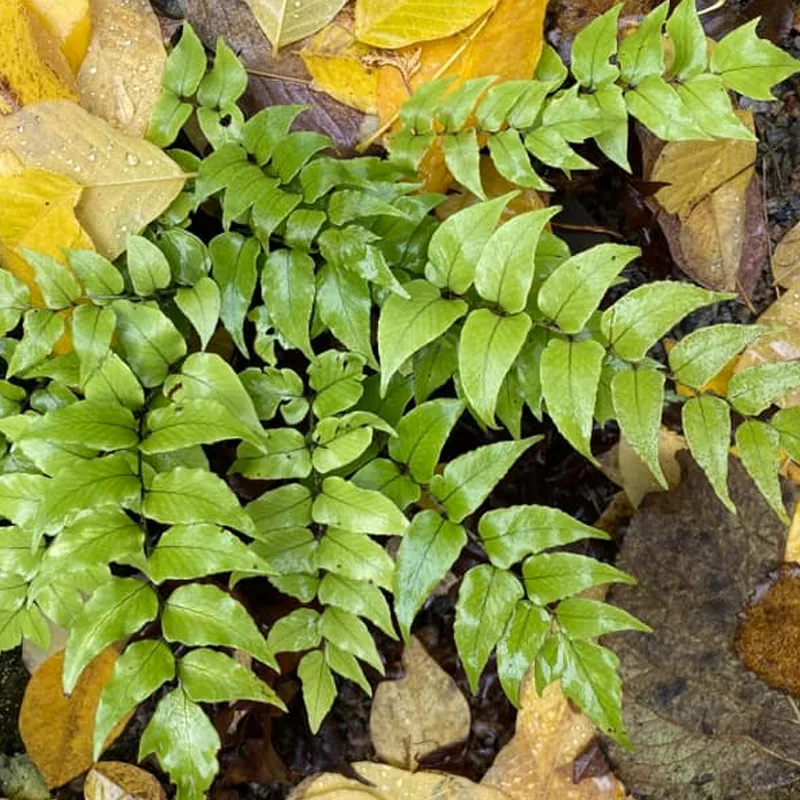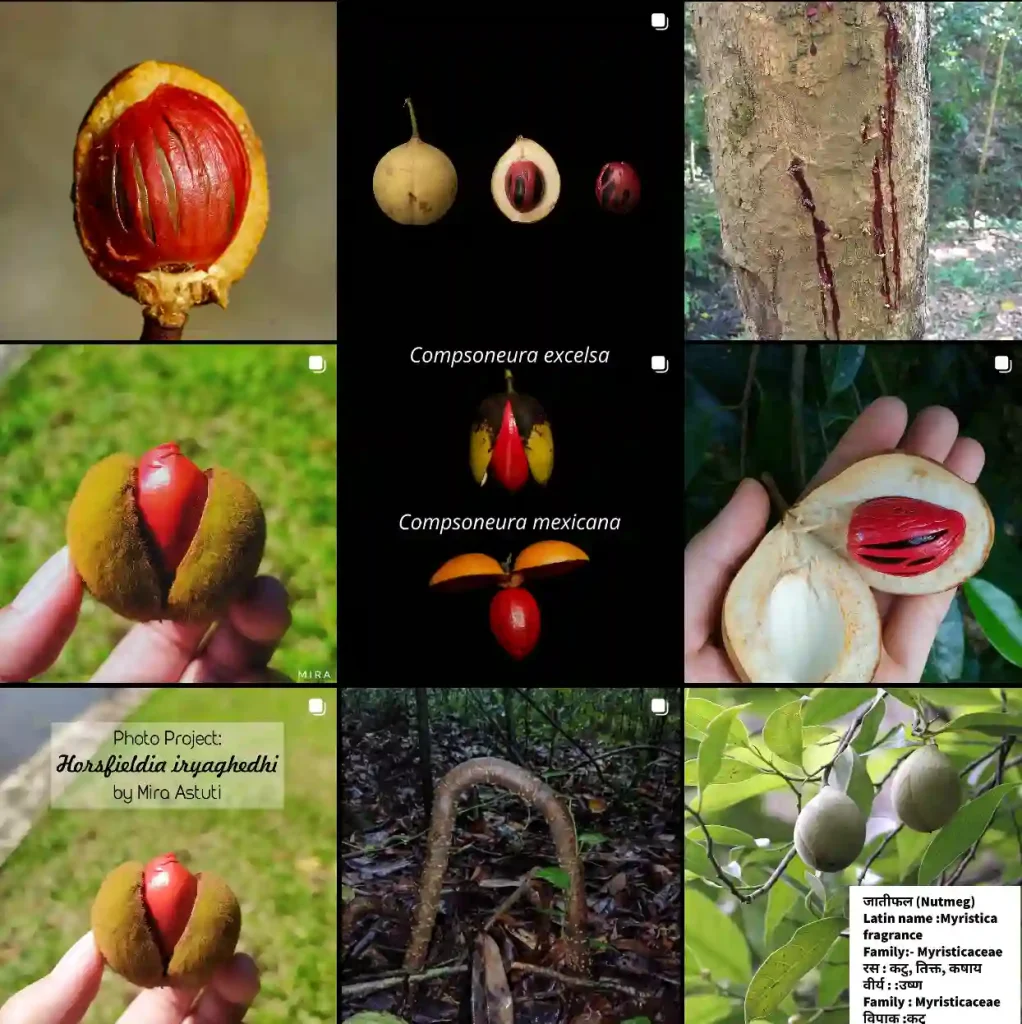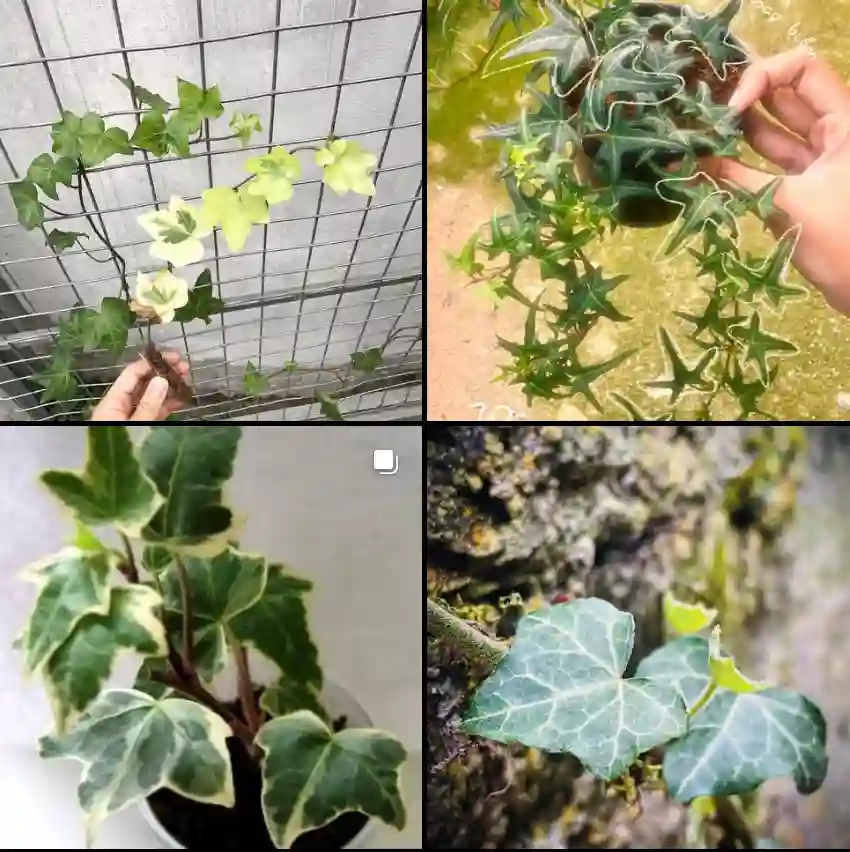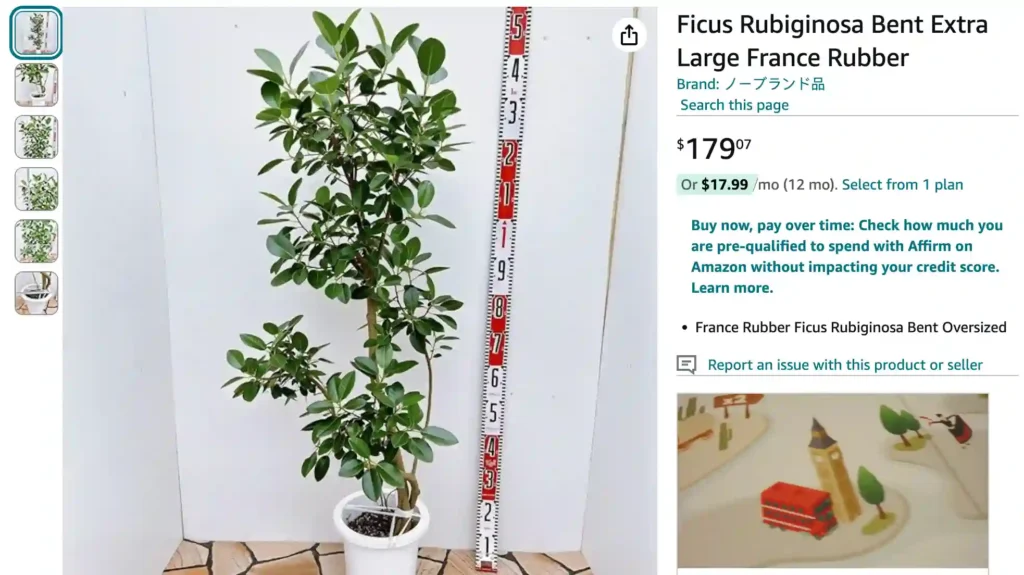
Ficus Rubiginosa: The Tough and Rewarding Rusty Fig
Hi, I’m Ferb Vu, and I’m here to answer your questions about the Ficus Rubiginosa, also known as the Rusty Fig or Port Jackson Fig. This versatile evergreen has stolen a place in my heart (and garden) with its resilience and beauty.
Whether you’re a seasoned gardener or just starting your plant parenthood journey, the Ficus Rubiginosa might be the perfect fit. Let’s dive into some of the most common questions I get about this fantastic tree.
880 Species in Genus Ficus
Is the Ficus Rubiginosa Easy to Care For?
Absolutely! The Ficus Rubiginosa is renowned for its low-maintenance nature. Once established, it’s quite drought tolerant, meaning you won’t have to constantly worry about watering. This makes it ideal for forgetful plant owners like myself (don’t tell my Fiddle Leaf Fig!).
How Much Sun Does a Ficus Rubiginosa Need?
The Ficus Rubiginosa is adaptable when it comes to sunlight. It thrives in full sun, providing welcome shade in the summer, but can also tolerate partial shade. This flexibility allows you to find the perfect spot in your garden, regardless of sun exposure.
Does the Ficus Rubiginosa Produce Fruit?
Yes, it does! The Ficus Rubiginosa produces small, inconspicuous figs that ripen to a dark purple. While not particularly appealing to humans, these little fruits are a feast for birds and other wildlife, making your garden a haven for nature.
Can I Grow a Ficus Rubiginosa Indoors?
While primarily an outdoor plant, the Ficus Rubiginosa can adapt to container life. However, it requires a spacious pot and plenty of bright, indirect sunlight. Regular pruning is also necessary to maintain a manageable size indoors.
How Big Does a Ficus Rubiginosa Get?
This is where things get interesting. The Ficus Rubiginosa is a fast grower, reaching heights of 30 meters (100 feet) and a width of nearly as much when planted outdoors. This rapid growth makes it a great choice for creating a privacy screen or a majestic shade tree. However, for smaller gardens, regular pruning is crucial to maintain a desired size.
Ficus Rubiginosa vs. Ficus Benjamina: What’s the Difference?
Both the Ficus Rubiginosa and the Ficus Benjamina (Weeping Fig) are popular houseplants. Here’s a quick breakdown of their key differences:
- Light: Ficus Rubiginosa tolerates more sun, while Ficus Benjamina prefers bright, indirect light.
- Growth Habit: Ficus Rubiginosa has a bushier, more spreading growth, while Ficus Benjamina has a weeping habit with cascading branches.
- Cold Tolerance: Ficus Rubiginosa is more cold-tolerant than Ficus Benjamina.
- Fruiting: Ficus Rubiginosa produces small figs, while Ficus Benjamina typically doesn’t fruit indoors.
Is the Ficus Rubiginosa Messy?
The Ficus Rubiginosa sheds its leaves year-round, but not excessively. Regular cleaning can keep leaf litter under control. The aerial roots, a characteristic feature of the species, can be pruned if desired for a tidier look.
Is the Ficus Rubiginosa Invasive?
While the Ficus Rubiginosa is not typically considered invasive in most regions, its aggressive root system can be problematic in some areas. It’s important to research your local climate and planting regulations before adding this tree to your landscape.
Conclusion: The Ficus Rubiginosa – A Plant for All Seasons
The Ficus Rubiginosa is a fantastic choice for gardeners seeking a low-maintenance, fast-growing tree with undeniable charm. Its adaptability to various sunlight conditions and its ability to thrive in coastal environments make it a versatile addition to any garden. Whether you’re looking for a majestic shade tree, a privacy screen, or a conversation starter, the Ficus Rubiginosa is sure to impress. So, why not give this resilient beauty a try?
If i die, water my plants!
